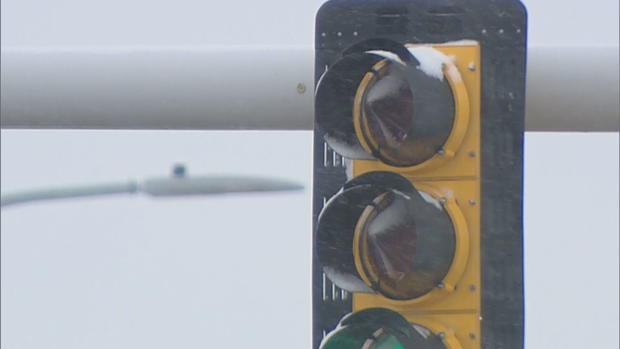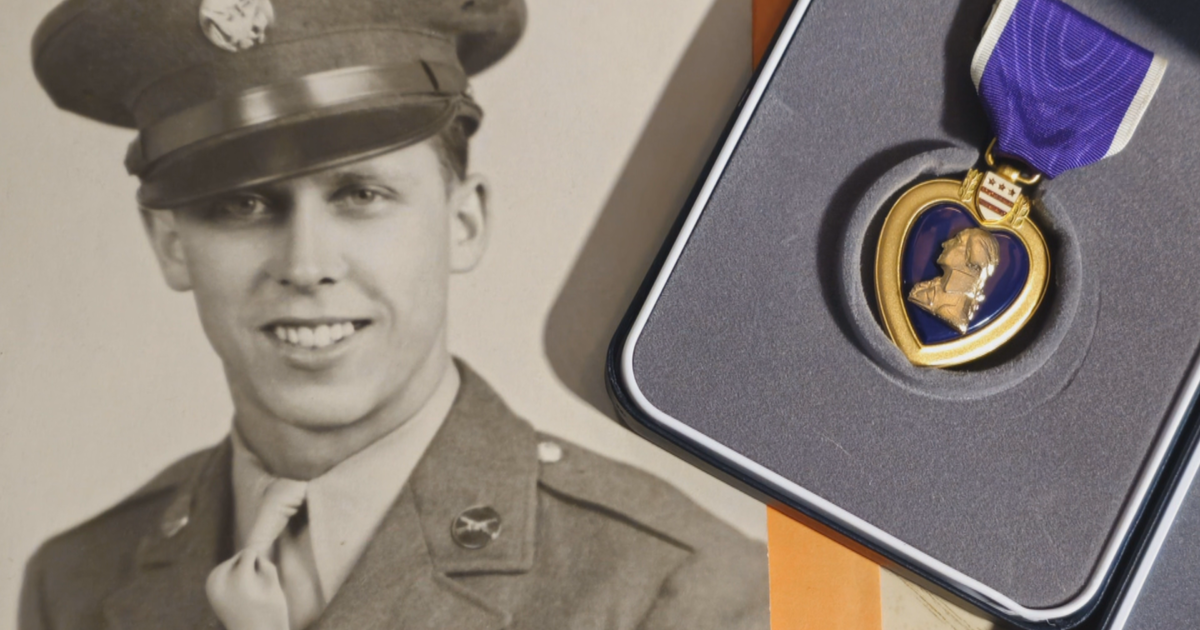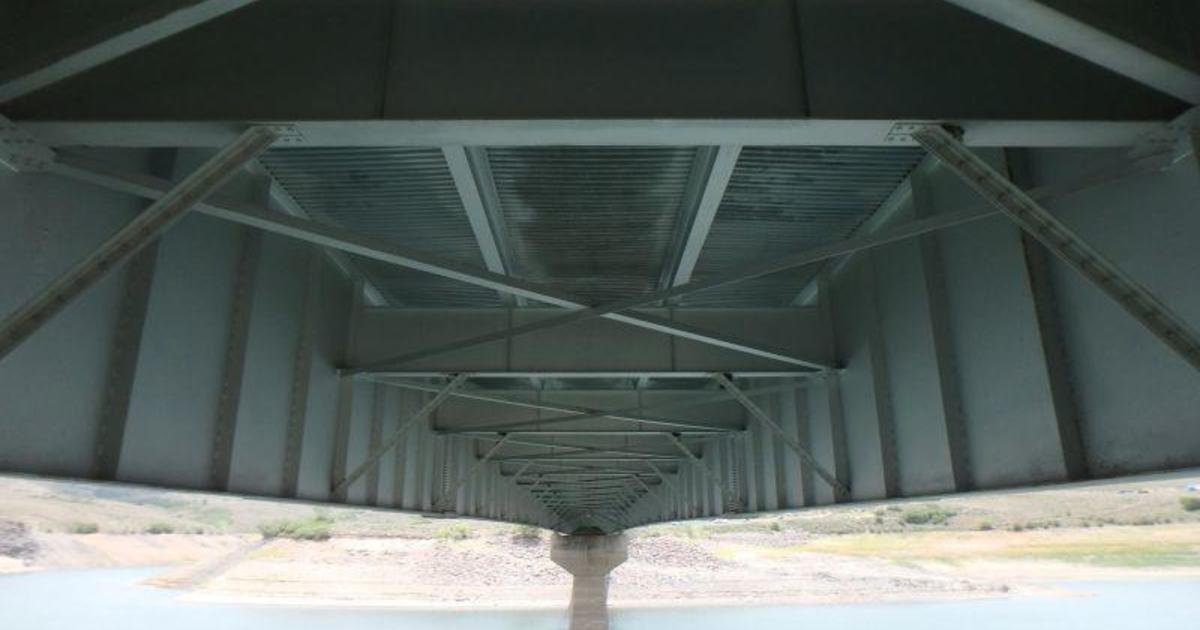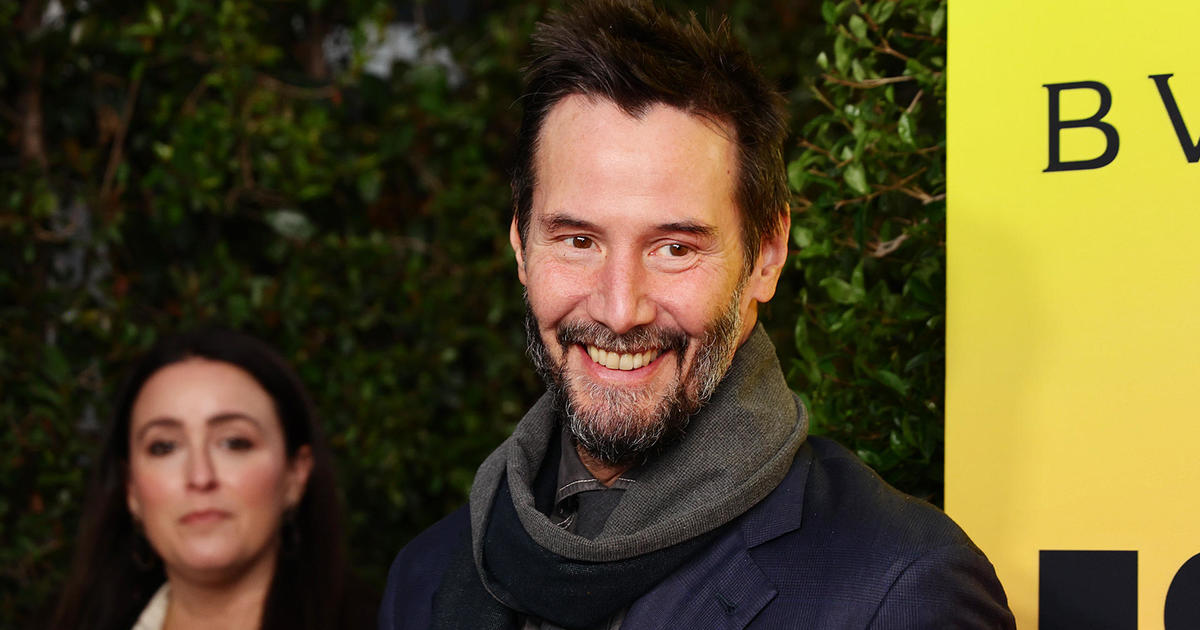CDOT Testing 'Snowproof Signals' On Denver Metro Streets
DENVER (CBS4) - Jim Chase, a traffic signal supervisor for the Colorado Department of Transportation, anxiously waited for this February snowstorm for months.
"It's exciting. It's exciting," proclaimed the the 22 year-veteran of CDOT.
What's got him so excited?
The storm was the first real test for nearly 100 new traffic signals that CDOT hopes will solve a nagging problem: snow sticking to the lenses of LED traffic lights and rendering them impossible to see for motorists.
"Fairly large issue nationwide. It's a large issue," said Chase.
LED traffic lights save big on energy costs but an unintended consequence: since they don't emit heat, snow and ice can build up on the lights creating a serious traffic hazard when drivers can't see the signals.
There have been accidents and deaths due to obscured traffic lights both in Colorado, and across the country.
Enter Chris Bichon, a CDOT employee in Glenwood Springs, began tinkering in his garage several years ago. He wanted to come up with a solution to the problem.
He eventually crafted what he called his "Snowproof Signal."
It's a cone shaped modification for LED lights with a channel at the back of the light to vent wind, snow and ice, and its been tried out and tested by towns, cities and counties across Colorado and across the country.
"I wouldn't be doing all this work and putting money into it if I didn't think this could save someone's life," said Bichon.
The results thus far have been encouraging according to traffic engineers across Colorado.
So a few months ago, CDOT bought 94 of Bichon's signals and installed them on intersections up and down Wadsworth Boulevard between U.S. 36 and 84th Avenue, a notoriously bad corridor for wind, snow and ice during storms.
Each of the new signals cost the state $250.
Chase said he has tried numerous other gizmos over the years, all aimed at alleviating the snow and ice problem on LED lights, but none of them have truly worked.
Chase said he tried heated LED lenses, hooded scoop visors, but snow and ice still clung to the traffic signals, creating a hazardous situation.
He is optimistic that Bichon's invention will work.
"It's a pretty simple design. Sometimes the easiest stuff is the last thing we think about," said Chase. "Kind of get excited about it. If you can solve a problem and help move the public around safely."
The signal supervisor said if the new lights work as advertised, CDOT might order several thousand more.







